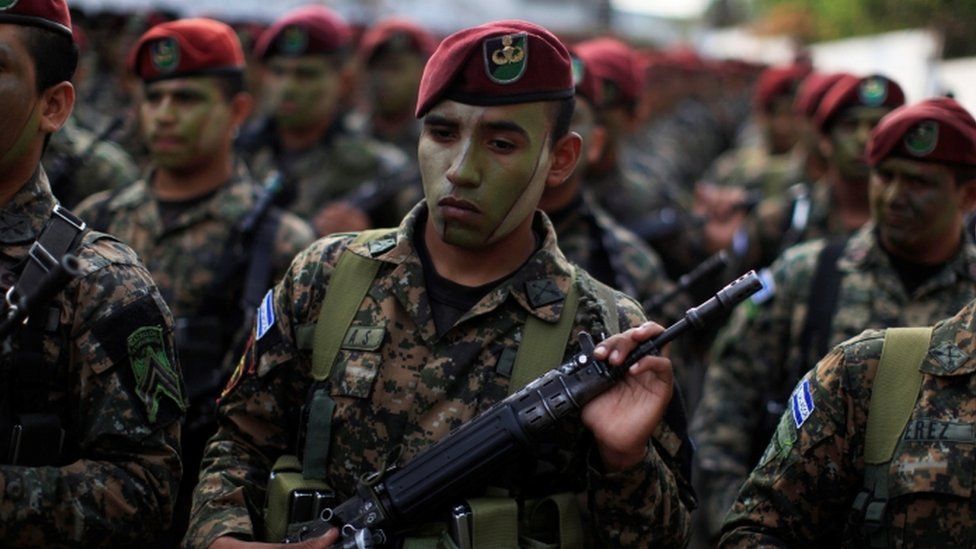shilohcreekkennels.com – El Salvador has been grappling with escalating gang violence, prompting the government to adopt a militarized approach to combat the issue. This strategy has involved significant military deployment and stringent measures to quell the rampant gang activities.
Background and Escalation
The situation reached a boiling point in March 2022, when El Salvador declared a state of emergency following a series of gang-related killings that targeted street vendors, bus passengers, and others. This declaration was a response to the unprecedented violence that gripped the nation, leading to a significant increase in homicides and kidnappings.
Militarized Response
In response to the escalating violence, the government of El Salvador has deployed the military onto the streets in force. This includes the use of military sieges to surround and isolate gang-controlled areas, effectively cutting off their supply chains and preventing their escape.
One notable operation involved the deployment of 7,000 soldiers and 1,000 police to surround the Cabañas region, which is larger than New York City. This operation was part of President Bukele’s aggressive campaign against gangs, aiming to flush out and arrest gang members hiding in the area.
Humanitarian and Legal Concerns
The militarized response has raised significant concerns from international organizations and human rights groups. The United Nations human rights office has expressed grave concerns about the measures, noting a pattern of abuses and the potential for innocent people to be caught up in the sweeps.
Additionally, there have been reports of severe legal measures, such as increased prison terms for minors involved in gang activities. For those aged 12 to 16, the terms have been increased to 10 years, and for those aged 16 to 18, the terms have been increased to 20 years.
Long-term Impact
While the militarized approach has led to a significant reduction in gang-related violence, there are concerns about the long-term impact on the country’s social fabric and human rights. The heavy-handed tactics may have suppressed the immediate violence but could also lead to further alienation and radicalization of marginalized communities.
Conclusion
El Salvador’s response to gang violence through a militarized approach has been both effective in reducing immediate violence and fraught with ethical and humanitarian concerns. The success of this strategy in the long term will depend on the government’s ability to address the root causes of gang violence and ensure that human rights are protected.
